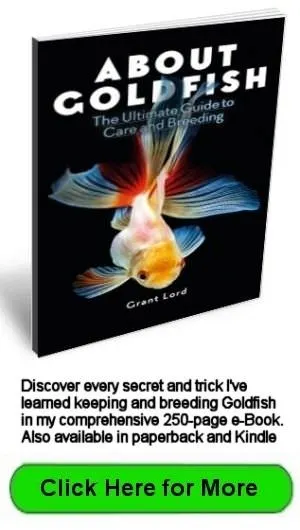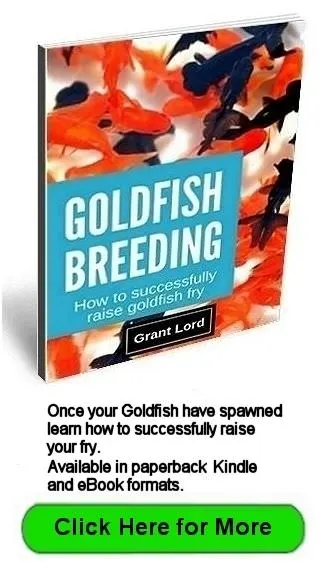- Home
- Ponds
- Goldfish Pond Construction
- Concrete Goldfish Ponds
Concrete Goldfish Ponds
Concrete ponds are more of a commitment because of the permanent materials they are made with.
More thought needs to be given to location and design elements of concrete goldfish ponds as changing your mind is a lot more expensive in terms of time and materials.
Concrete ponds can be made from:
- A thin layer of concrete applied to a shape formed from earth.
This construction method is relatively quick with no reinforcing rod used. The mix is high in sand content with no aggregate (coarse material) as the concrete is used as a thin plaster skin. The shape of the pond is not limited by using this method, it can be quite informal with an irregular shape that looks quite natural.
This construction method needs to use heavy clay soils as light loamy soils will dry out and shrink away from the concrete skin giving no support. The slightest ground movement will then crack the thin skin.
- Concrete blocks, slabs or
earthen bricks cemented together.
This method of construction is also quite quick as you are grouting the blocks or bricks together.
The pond shape is somewhat limited because of the shape of the raw materials but some creativity will always overcome that.
Some hollow concrete blocks aren’t waterproof so a thin plaster skin of cement may need to be applied to the inner pond surface. The water seepage would only be slow, but if the blocks filled with water and the water froze, it would blow them apart.
- Concrete poured into boxing.
This method is quite labor intensive, expensive and requires a reasonable level of knowledge of concrete construction methods.
The usual concrete mix is 1 part cement, 2 parts sand and 3 parts aggregate poured at one sitting. If parts are poured separately, tiny cracks form between the components causing leaks.
Ponds constructed this way tend to have more formal simple shapes because of the boxing required to hold the concrete while it sets.
- Pre-made water troughs.
 Concrete Stock Watering Trough
Concrete Stock Watering TroughThese aren’t a bad option as they are ready for use as soon as they are in position. They are usually round or oblong and are used on farms for watering stock. Design options are limited with size being about the only other option available.
Brass fittings are usually fitted for plumbing purposes, but the small amount of brass in contact with the water doesn't seem to affect the fish.
Tip:
New concrete is extremely alkaline. If goldfish are put into a new concrete pond, the high pH will kill them.
Go to the Goldfish Dangers page where the process to age new ponds is explained.
Advantages:
- Robust
- Complex or natural shapes can be formed
- Easily cleaned and sterilized.
Disadvantages:
- Ground movement can cause cracking and leaking
- Aging of the concrete is required before stocking
- Permanent
- A degree of concrete construction knowledge is required
- Construction equipment is needed.
For information on how to set up your pond to minimize maintenance click here...
Top of Concrete Goldfish Ponds page




